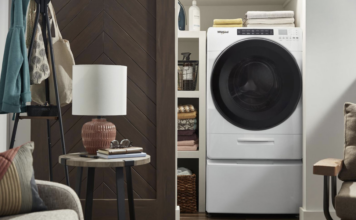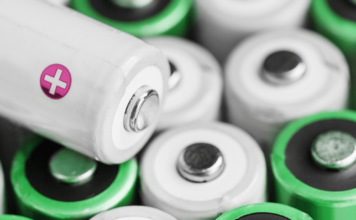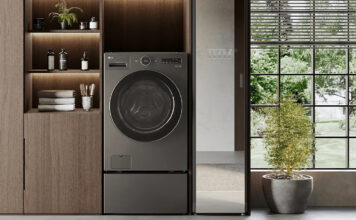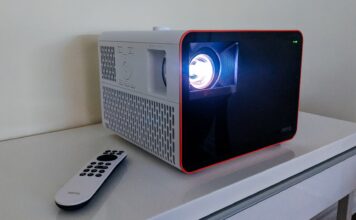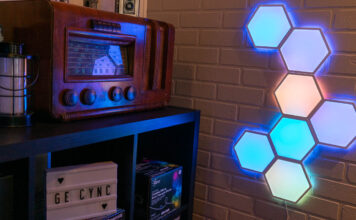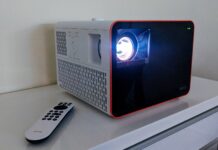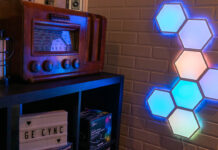
When I found out that I would have the opportunity to review the ESP E-II M-II (surely they could have come up with something less awkward and more memorable. Every time I type it all I can think about is a new Star Wars character) and the new USA Eclipse I almost hit the floor. The ESP USA Eclipse has long been on my must “want” list and the E-II M-II is one of the most gorgeous guitars I had seen in a while, at least in the online photos I’d seen. When they arrived in my hands I couldn’t wait to plug in and rip, or at least “rip” as much as I am capable of. In a second I’ll talk about my experiences playing these beauties but first, let’s go over some of the specifications and to see why these guitars are so special. As I popped open the cases (yes, both of these bad boys came with cases. The Eclipse with a custom case) I swore I heard a glorious choir of angels singing in the background. Well, at the least I wasn’t disappointed in how stunning these were in person.
ESP E-II M-II

From the overall look of the guitar to the active AMGs there is little doubt that this guitar is built for metal. The neck is built for shredding (you won’t see that in my video unfortunately) and the sound can only be described as heavy. I believe the guitar I have came with 9-42 gauge strings and were it mine I would change those to 10-52 strings. Keep in mind that when it is set up with the floating bridge that any changes in string gauge will require adjustments. If you only move to a set of 10s then you will likely get away with only adjusting the spring tension on the Floyd but going to a higher gauge than that may require that you install another spring and potentially have the neck adjusted as well. The guitar felt balanced both on the lap and on a strap and is light and friendly for extended sessions. When you play some guitars that offer you more controls, it is nice to have options for tone and output for sure, but when you just want to bang your head and flail it’s nice to know that you don’t have to slow down to start making any adjustments. Just dial in the tone you want at the beginning and off to the very depths metal guitardom with you. This guitar was awe inspiring to look at and even more fun to play.
ESP USA ECLIPSE

Now, the Eclipse is still a heavy guitar, at least compared to my slimmer Jacksons and even my SG, but I imagine it would be even heavier without the chambering. I remember my buddy’s uncle used to have a solid body Les Paul that if I remember correctly was from the 50s and that was by far the heaviest guitar I have ever strapped around my body. It was actually not friendly to play I found but it sure sounded glorious. And therein lies the rub. Some will swear that chambering a guitar makes the tone it produces more variable between guitars in the line and while that may have been the case in the past, most literature that I have read recently suggests that science has stepped in most manufacturers are able to dial in specific responses like sustain or resonance in individual woods by using specific chamber relief patterns.
As I only had one guitar to play here, I can only speak to what I had. The body on the Eclipse was finished in a “Tea Sunburst” colour that looked stunning in combination with the Seymour Duncan pickups, the control knobs, and the exquisite crème binding. The set-thru neck is also mahogany with an ebony fingerboard, 22 extra-jumbo frets, and nickel hardware. Again, were money not a thing and you simply collected things of beauty, this could hang on a wall like a piece of fine art for the visual pleasure of you and your guests. But even if you didn’t play guitar, you could only look at it for so long before you’d have to take it down and learn.
BOTTOM LINE
When I found out I was getting these guitars I was incredibly excited to play the Eclipse as it has been a long desired guitar on my wish list and I was not disappointed. Solid and meaty it runs the gamut of rock and blues in a gorgeous and balanced, albeit heavier, guitar. Switching between the bridge and neck pickups gave numerous possibilities for tone and running both pickups at the same time created a nice and subtle wah like effect. Make no mistake about it, I really like this guitar but the surprise, to me at least, was how much I came to love the E-II M-II. I would take this guitar in a second. Don’t get wrapped up on the “made in Japan” thing because there are very good quality materials used here and clearly the workmanship is top notch. Perhaps the most troubling problem you will deal with is “which one do I get first?”.
The best part was that for almost 3 whole weeks, I didn’t have to pick. I had them both and now I sit here alone, staring at the spots on the walls that they once adorned and wondering when and how I can get them back where they belong. My wife is a lover of fine art, maybe I start with that approach. In the mean time, wish me luck and then head in to your local Best Buy and have a look and feel for yourself. I know you won’t be disappointed.
Check out the huge variety of ESP guitars available at Best Buy Canada; you can even order them online and have it delivered right to your door!

